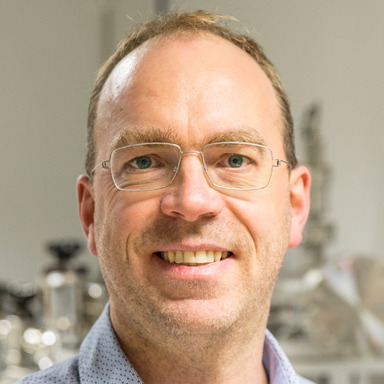Coating bubbles with protein results in a highly stable contrast agent for medical use

Bacteria produce gas vesicles, tiny thin-walled sacs filled with air or fluid, to help them float. This phenomenon has captured the attention of scientists who see potential for similar bubble-based designs in fields like medicine. A team of researchers at Aalto University’s Department of Applied Physics, led by Professor Robin Ras, have now used the same idea to create a new kind of contrast agent for use in medical applications such as ultrasound imaging. The research was .
Natural materials and biological inspiration
The researchers created bubbles, referred to as giant gas vesicles, ranging from 10 to 100 micrometers in length, and measured their mechanical properties with a technique called micropipette aspiration. The bubbles were coated with proteins called hydrophobins, which come from fungi. In addition, the team developed a theory to better understand the intricacies of compressibility and porosity in micro-scale physics.
‘By studying the mechanical properties of gas vesicles and developing our own micropipette technique, we were able to make the bubbles stable enough to withstand pressures like the ones you would find in the human body. The bubbles function as a contrast agent, and potentially could be used to diagnose things like cardiological issues, blood flow, and liver lesions with ultrasound in the future,’ says Doctoral Researcher Hedar Al-Terke.
‘We have significantly extended the theoretical framework of the pipette aspiration technique. It can now be used to fully characterize the mechanical properties, including porosity, of compressible gas-filled systems such as the hydrophobin-coated bubbles used in this study,’ says Research Fellow Grégory Beaune.
The research on giant gas vesicles is part of the team’s focus on researching the medical applications of micro-scale physics.
More information:


OtaNano
OtaNano is Finland's national research infrastructure for micro-, nano-, and quantum technologies

Read more news

Creating room for connection, dialogue, and collective planning is more important than ever
Two workshops were organised to build bridges and foster meaningful action on EDI at the Aalto School of Business.
Researchers turn energy loss into a way of creating lossless photonics-based devices
Turning energy loss from a fatal flaw into a dial for fine-tuning new states of matter into existence could yield better laser, quantum and optical technology.
Half of highly educated immigrants find employment through Espoo and Aalto’s collaboration
The exceptional employment outcomes are the result of collaboration, in which service design research has played a key role.






